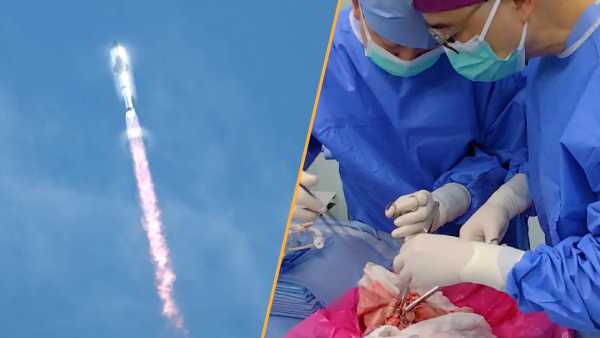
(Photo: Ronaldo Schemidt/AFP via Getty Images; He et al., Nature Medicine) Jump to:
Science Week saw significant advances in medicine, including the first pig lung transplant to a brain-dead patient.
The Guangzhou experiment demonstrated that lung function could be maintained for nine days despite early signs of rejection. The scientists said their work “lays the foundation for new discoveries,” although questions remain about the effectiveness of the method in living patients.
Other studies have presented an alternative to laser vision correction by reshaping the cornea with electrical impulses. A link has also been found between gum disease and heart disease, with the therapy reducing narrowing of the arteries in healthy participants.
You may be interested in
-

Science Update: 400-Year Route to Alpha Centauri and Evil AI Threats
-
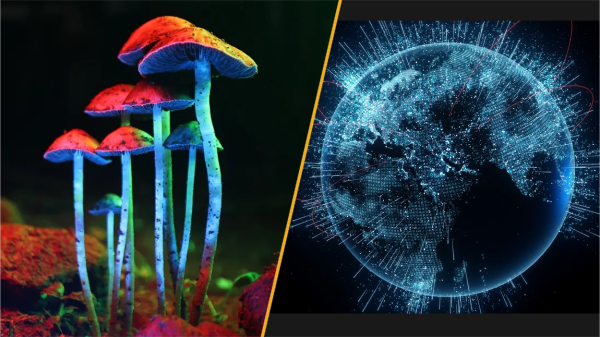
“Rejuvenation” through mushrooms and Internet speed records
-
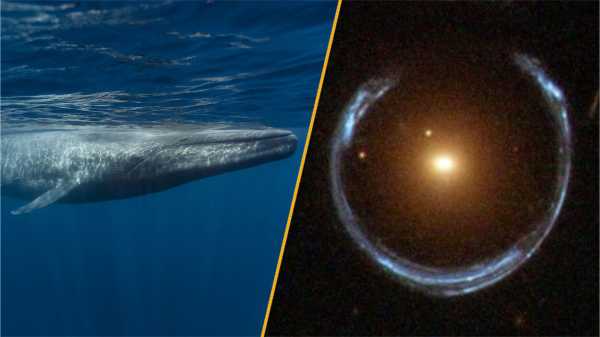
Science Briefs: Black Holes Abundant and Whale Songs
Starship successfully passes testing – the tenth attempt was crowned with triumph! The SpaceX rocket overcame a series of failures, completing a test flight.

SpaceX's “fail fast, learn faster” philosophy has proven effective in creating its largest rocket, Starship, which successfully completed its flight after multiple adjustments.
The tenth launch was a turning point for the company and NASA: the giant rocket will be key to delivering cargo to orbit and the 2027 lunar mission.
Read other materials about space exploration
— Images from James Webb have revealed anomalies in the behavior of the interstellar comet 3I/ATLAS.
— Particles older than the solar system have been found in the asteroid Bennu.
— A hidden energy source that could support the emergence of life has been discovered on Ceres.
Riddles of Everyday LifeWhich creature on Earth moves the slowest?
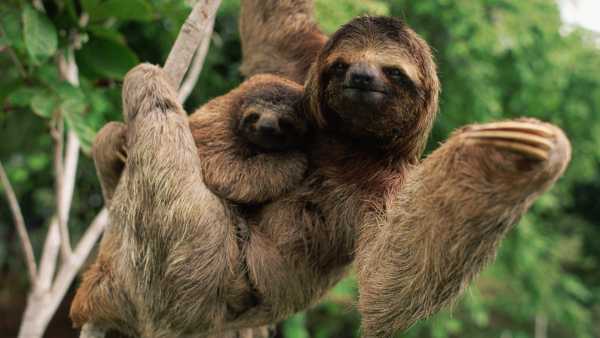
Speedy creatures get the credit, but how do those who move at a snail's pace survive? We explore the strategies of the most leisurely inhabitants of the planet.
— Subscribe to the newsletter “Mysteries of Everyday Life”.
Unusual research: Scientists integrated a computer into fabric, preserving its erasability.
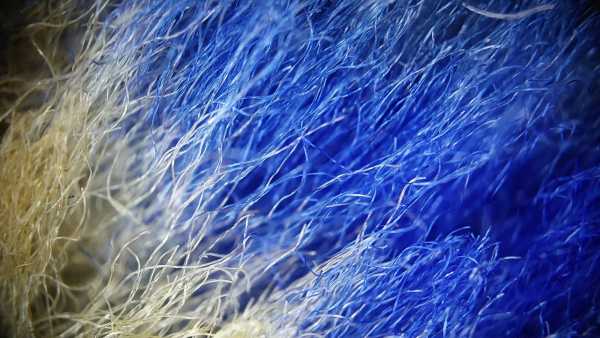
The innovative fiber combines eight devices, including light and motion sensors, while maintaining flexibility for clothing production.
Previously, such technologies were limited to simple functions, but the new development opens the way to the creation of “smart” fabric networks.
Other scientific events of the week
– Sheep keratin restores tooth enamel.
— Nuclear waste can become a rare fuel.
— The brain implant deciphers internal speech.
— The 1954 California earthquake is associated with the Cascadia subduction zone.
Behind the scenes of the newsBiological clock: how to determine your “true” age?
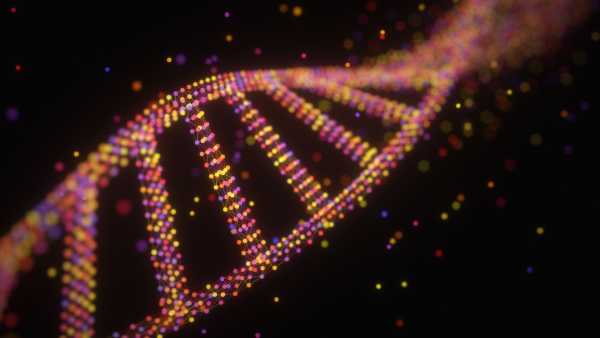
Biological age reflects the wear and tear of the body. Special AI algorithms analyze hundreds of markers, comparing them with population data. But how accurate are these estimates?
Weekend ideas
What to do on your free days:
— Live Science Crossword #7: Asteroid Redirect Mission.
— What is your opinion about AI? [Poll]
— Reactions to “pregnancy robots” [Results]
Science in Pictures. Sloth on Barbed Wire: A Touching Shot from a Photography Competition.

The 2025 finalists include a lioness, a swarm of jellyfish and salt ponds. A shot of a sloth reminds us of the fragility of the wild.
Follow us on social media
Subscribe to our WhatsApp channel, Facebook, X or Instagram for up-to-date news.
TOPICS Scientific Updates of the Week

Ben TurnerSocial Media ConnectionStaff Writer
Ben Turner is a journalist at Live Science covering physics, astronomy and climate change. A UCL graduate, he enjoys reading and playing guitar in his spare time.
Please verify your name before posting your comment.
Please sign in again to enter your display name.
Exit Read more
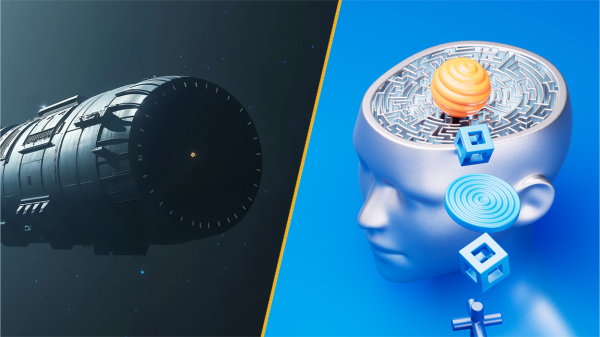
Science Update: 400-Year Route to Alpha Centauri and Evil AI Threats
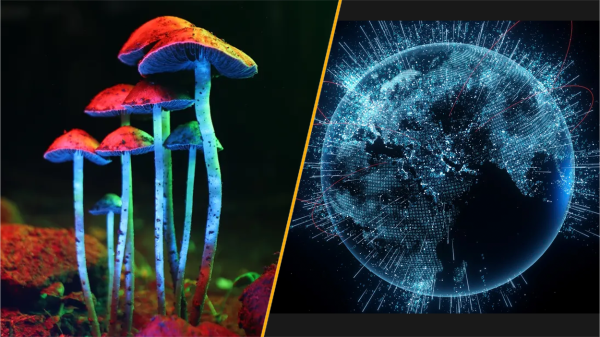
“Rejuvenation” through mushrooms and Internet speed records
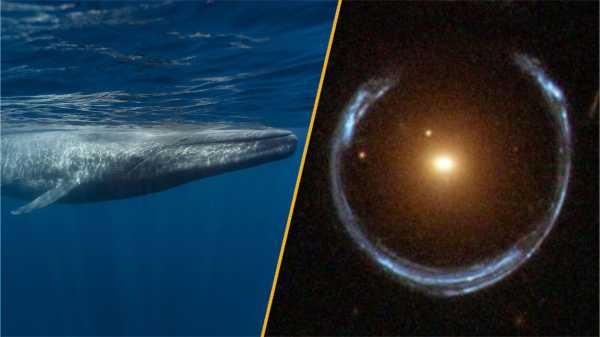
Science Briefs: Black Holes Abundant and Whale Songs … [Other elements retained unchanged] …
Sourse: www.livescience.com





